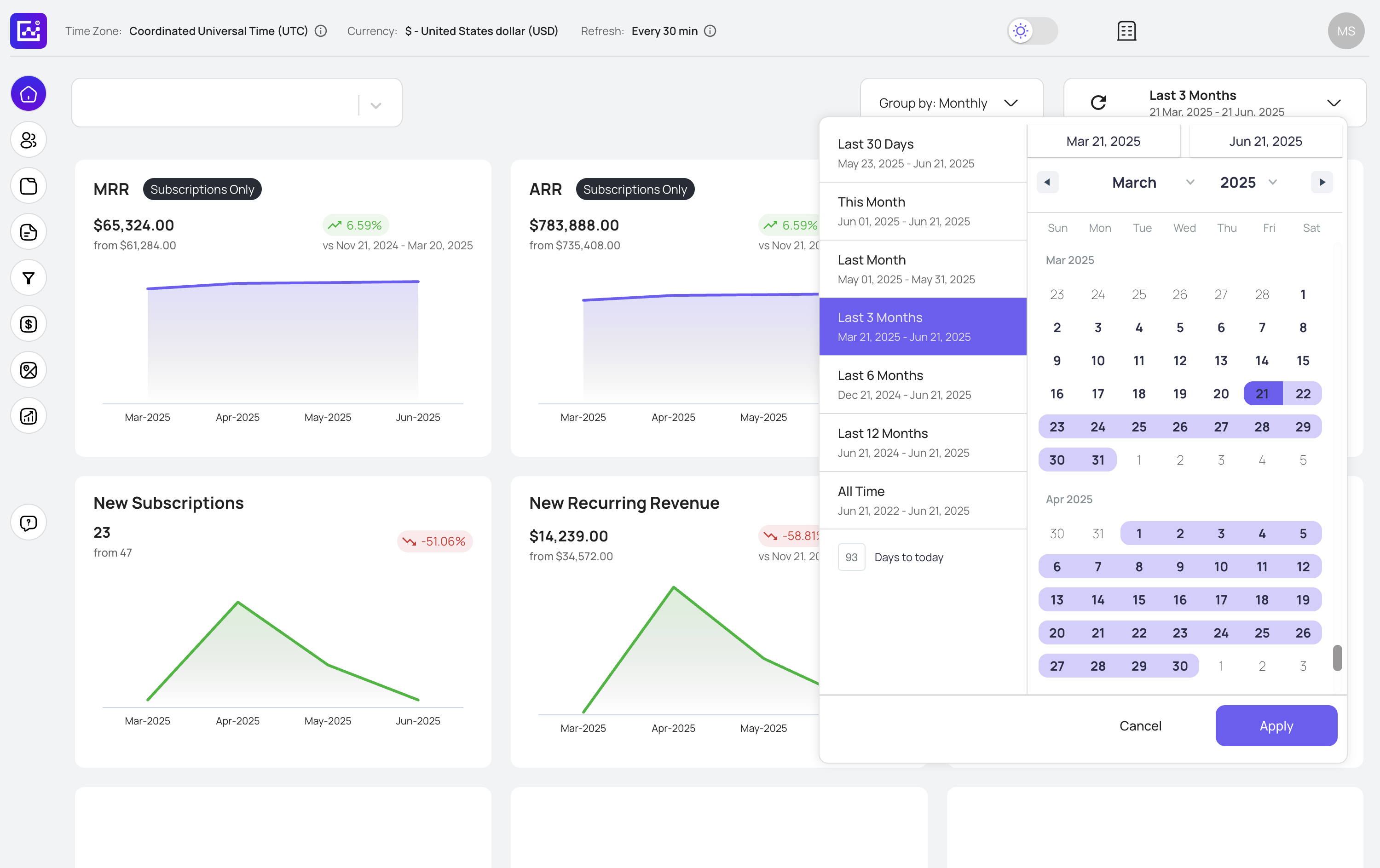Pricing Strategy Comparison
Compare all three pricing strategies side by side to see which approach gives you the optimal price point for your SaaS product. This visualization helps you understand the differences between cost-based, value-based, and competitor-based pricing.
Use this comparison to make informed decisions about which pricing strategy aligns best with your business goals and market position.


